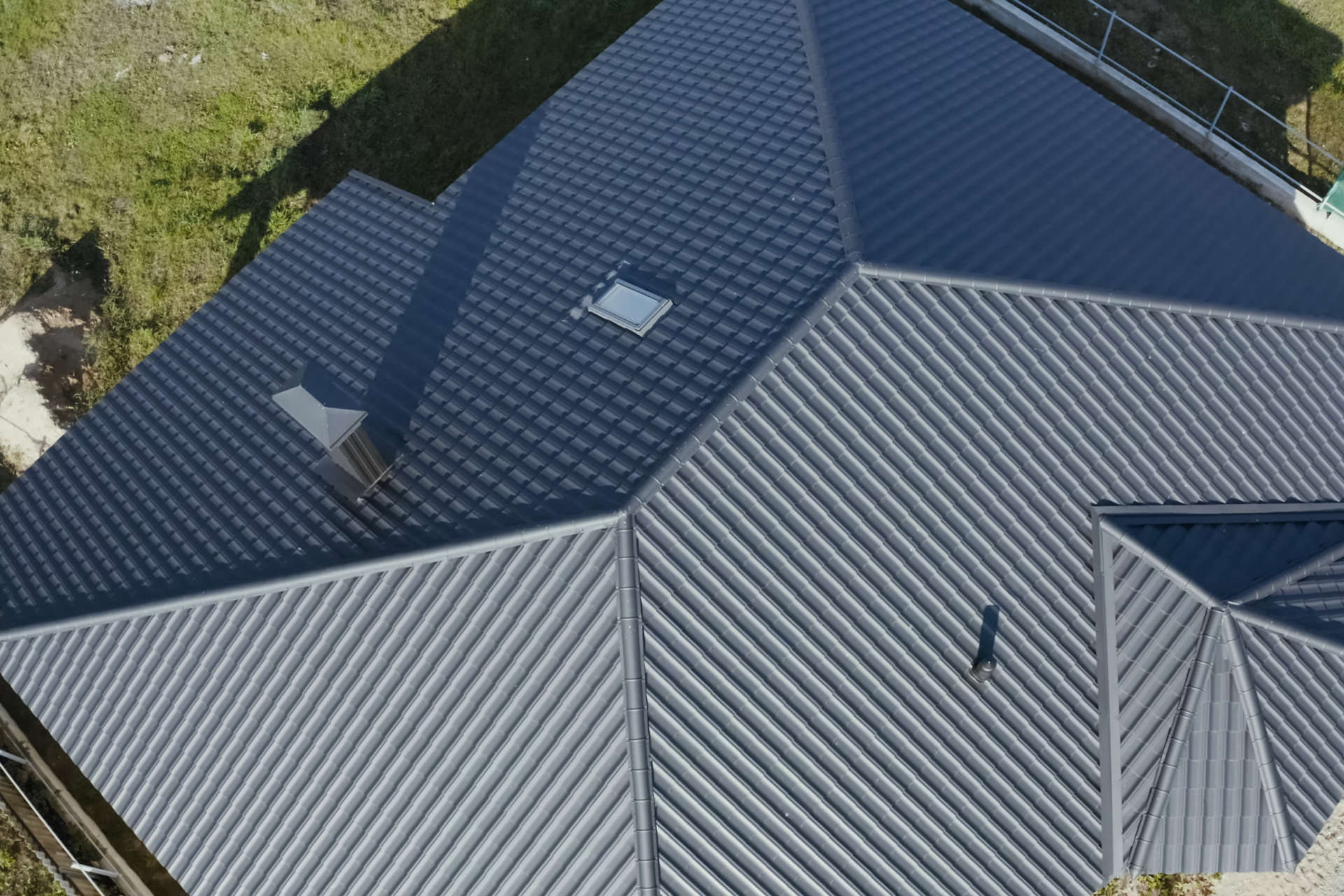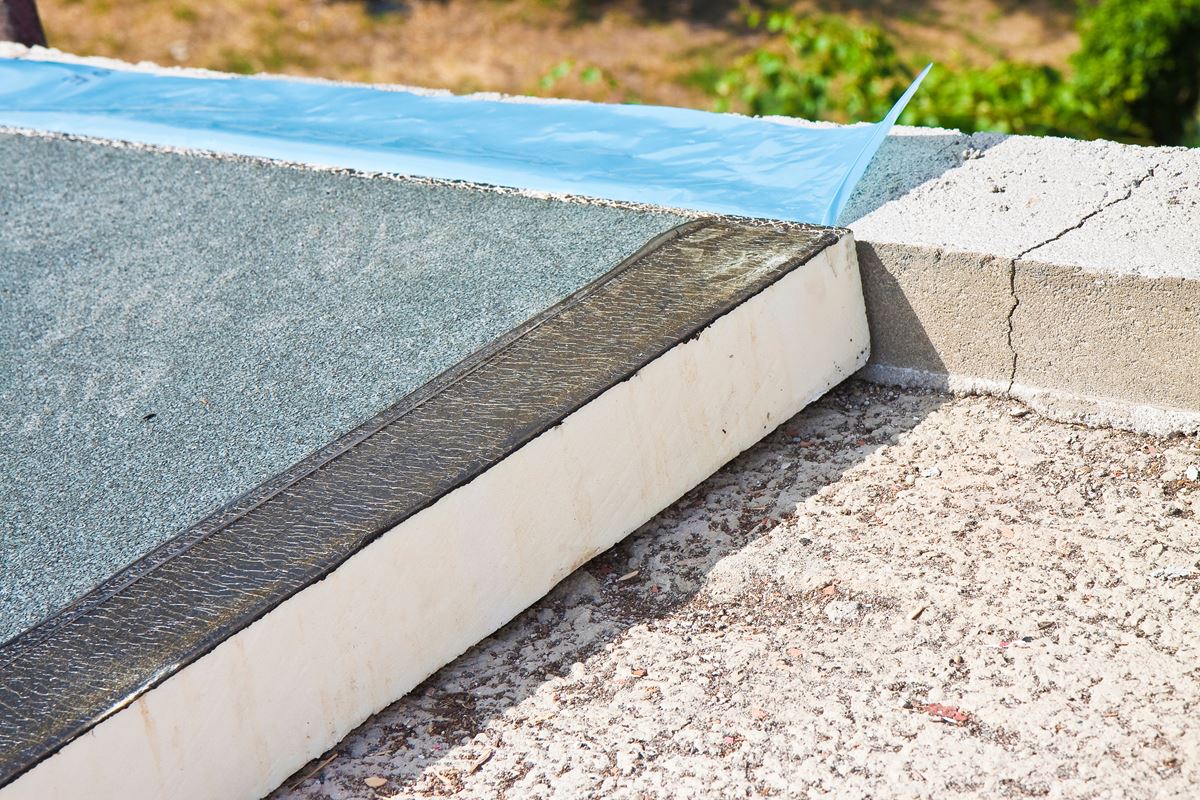April 26, 2022

How Much Weight Can a Flat Roof Take?
Have you ever wondered if you can put extra weight on your flat roof? Maybe you want to place additional HVAC equipment on it, or even just walk on your roof. Perhaps you are considering an urban garden or want to create a vegetable garden on your roof. It is very important to know exactly what weight your roof can support before you even step on it. A properly installed standard roof should easily support your weight and the additional weight of HVAC equipment. Before you start any installation you should get one of the flat roof experts in your area to inspect your roof and confirm that your roof meets the requirements first.
Let’s look at the different ways to find out what weight your roof can accommodate and some of the factors to consider.
Dead Load Versus Live Load
The dead weight of your roof consists of what the roof itself weighs and the weight of any current permanent fixtures on the roof. Adding a HVAC system or plants will add to the deadweight.
The live weight of your roof is the additional load that your roof can handle when needed. This could be for people, snow, and water that needs to drain.
The report provided by the roofing expert to determine how much weight your roof can handle will indicate both weights or loads. If you combine the dead and live weights of your roof it will indicate to you the maximum weight or load that should never be exceeded on your flat roofing.
Your Building’s Specifics
The plans and documents from the construction of your roof may provide an indication of the weight your roof can hold. It may be more than the standard minimum of 100PSF (100 pounds per square foot) live load. If your roof and building is old or there have been alterations or flat roof replacement projects completed since the plans were drawn up, the specifications on them may no longer be accurate.
Consulting with flat roof experts, architects or structural engineers is a great way to determine what your roof can hold in its current state. They will also be able to work out the weight your roof is currently supporting. If for example you have issues with pooling water your roof is already carrying occasional extra weight in water. You would need to resolve the underlying issue and have all water removed before you add any equipment to avoid issues.
What Happens if You Go Over The Max Weight of Your Roof?
Often the maximum weight that a flat roof can hold is exceeded. When this happens there are a few issues that are likely to occur:
Compressed insulation: The weight on your roof may cause it to compress making it less insulated.
Ponding: Excessive weight may cause sagging areas that will cause water to dam up.
Roof leaks: Compressed roof parts, damming water and sagging parts may all result in you getting a much dreaded flat roof leak.
Roof collapse: A very overloaded can on rare occasions even give way and collapse.
It is well worth consulting with an expert if you need to know the exact load that your roof can handle. If you have something special in mind for your flat roof, like a garden, it is best to discuss your plans with your contractors. This will ensure that they take the extra weight into consideration during the flat roof installation, repair or replacement project.



